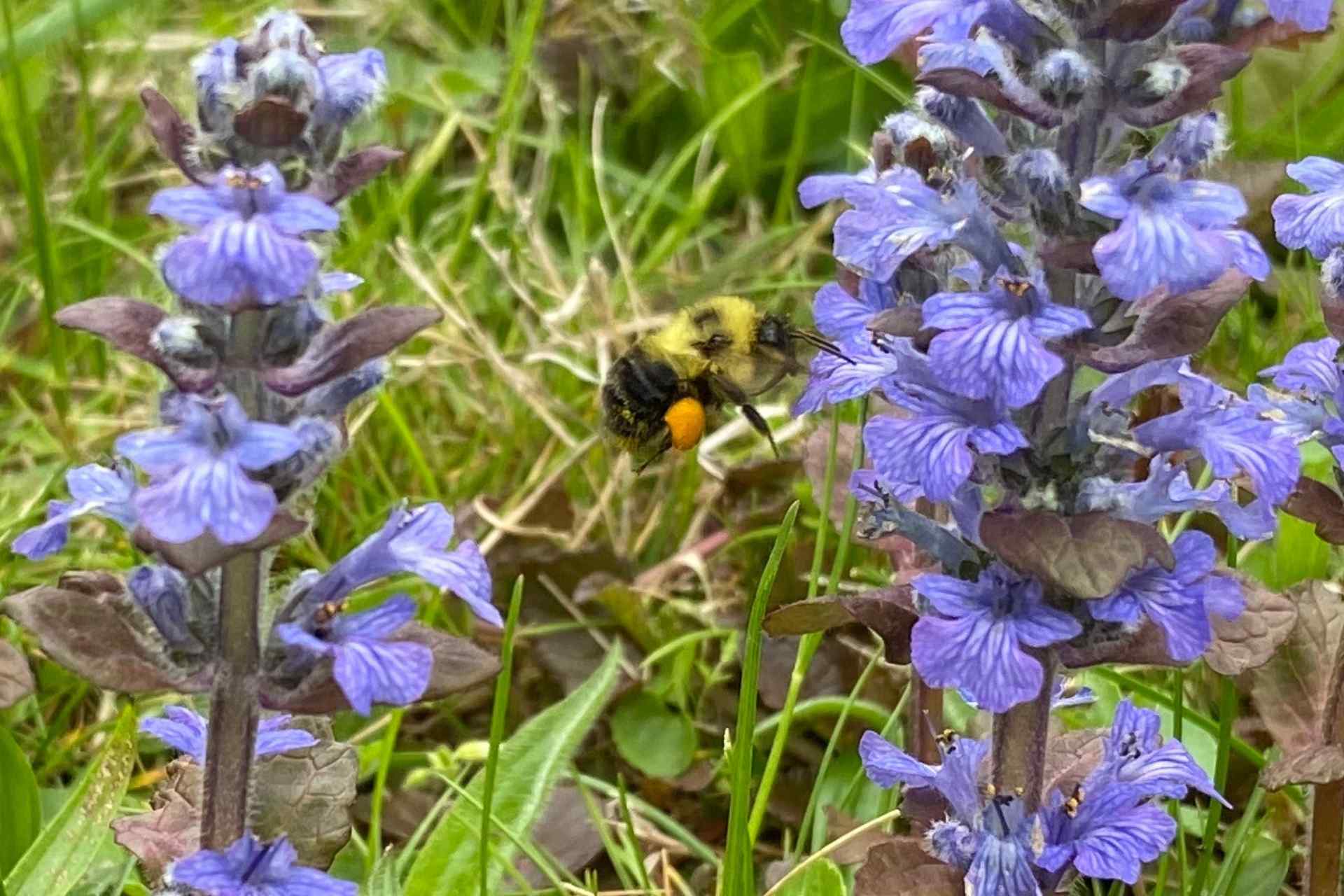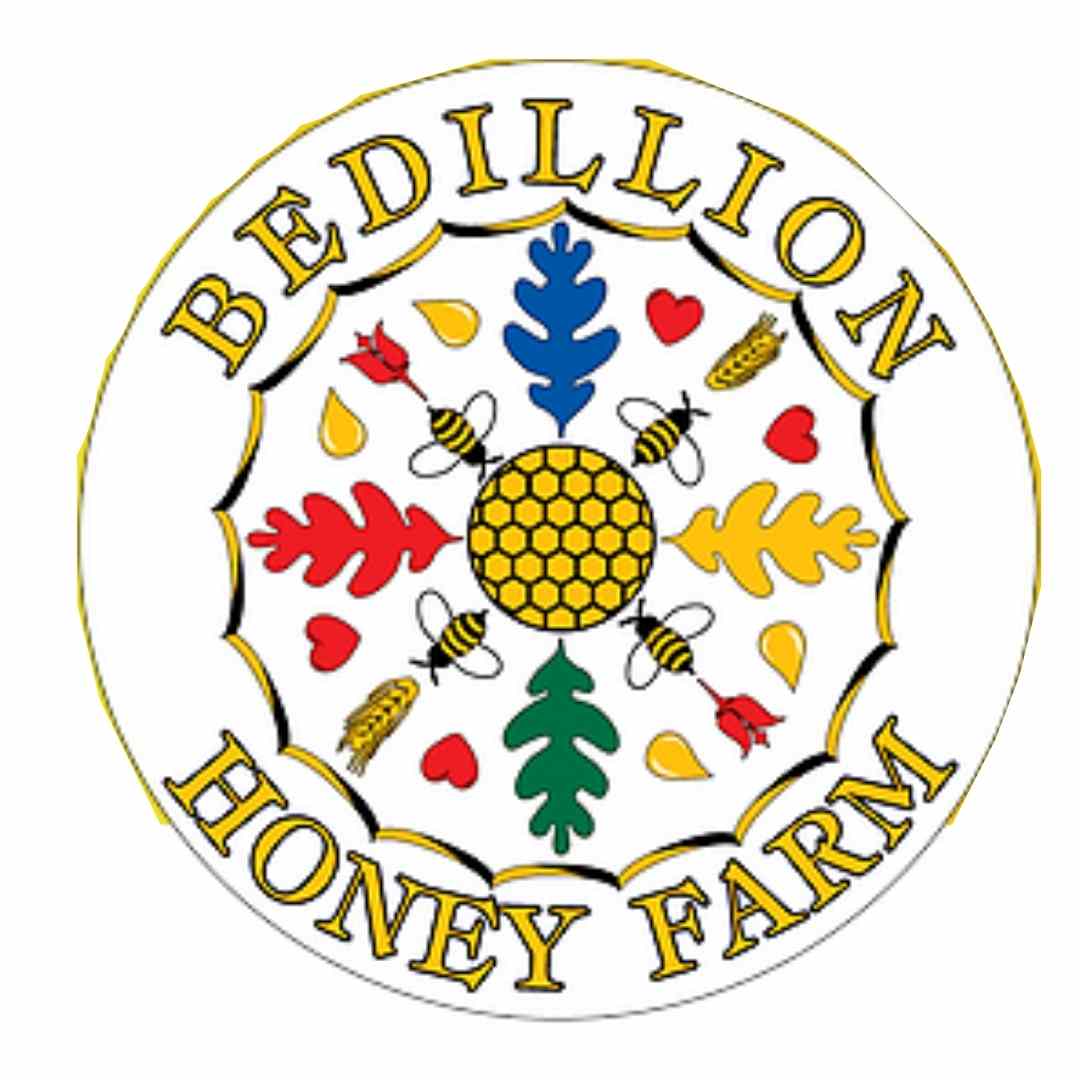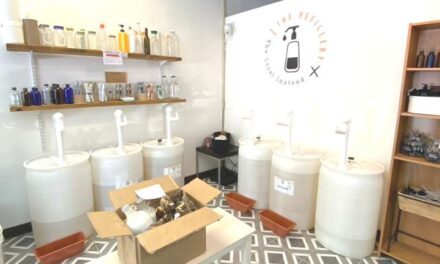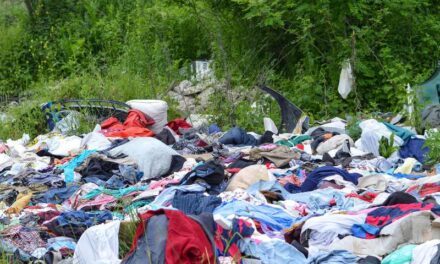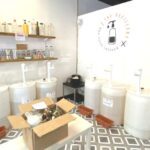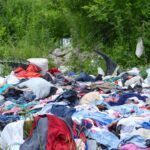In 2014, the Slovenia BeeKeepers proposed to the United Nations that May 20th be designated as world bee day — a day to celebrate bees and beekeeping, and bring awareness to just how important bees are.
Bees provide so much more to us than honey. “In addition to being one of the major pollinators, thus ensuring food and food security, sustainable agriculture and biodiversity, bees significantly contribute to the mitigation of climate change and environmental conservation. In the long-term, the protection of bees and the beekeeping sector can help reduce poverty and hunger, as well as preserve a healthy environment and biodiversity.” worldbeeday.org
The best time for bees to pollinate plants is throughout the growing seasons.
Many people know that the best time for bees to pollinate plants (a time when bees gather nectar and at the same time fertilize flowering plants) is throughout the growing seasons. While visiting the Bedillion Bee Farm in Western Pennsylvania, I learned that bees in the United States are most active in the spring and fall. In the spring when the wildflowers are in bloom, bees love dandelions and, surprisingly, sugar maple trees — perhaps it’s the sugar water that attracts them. In the fall, bees are active once again when the fall wildflowers including asters and ragweed are in bloom.
Rob and Chelsea McFarland are beekeepers who educate and inspire urban folks around the world to become beekeepers. They are also authors of Save the Bees with Natural Backyard Hives and have a website called HoneyLove.org. Their perception is that if they get enough people interested in bees and educate them, it will make a difference in saving our bees as well as benefit humans, ecology, agriculture — and create empowerment by people taking a stand in their own backyards. They state, “The advantage for humans is obvious: bees allow us to grow food closer to where we live, and provide us with delicious honey. In exchange, bees get access to some of the best habitats for their hives.” McFarland continues on by saying, “Our urban environments often provide the cleanest and most abundant forage for honey bees.”
When it comes to learning more about nature, conservation, agro-ecology, and our environment, I try to listen to podcasts that are informative, authentic, and inspirational.
Recently I found a podcast, Bees with Ben. Ben Moore’s interest in bees began with a book he purchased around the age of 12. Ben has been a beekeeper for over 25 years. He comments, “One of the best aspects of my job is getting out and about with local people, sharing the knowledge I have about bees, the environment, produce, gardening, and healthy living.” Ben’s podcast is produced in Victoria, Australia and it makes me think of how cool it is that he interviews bee experts and beekeepers from all over the world. His talks are very enlightening and informative.
I found Podcast Episode 37, Ben Moore’s 99 Astonishing Bee Facts, quite interesting.
Here are some of the fun facts:
- Worldwide, bees have an estimated value of over $170 billion in pollination services, not including the sale of honey, products made from honey, beekeeping cost, or upkeep on bees. As a side note, according to Science Daily, “Honey bees contribute more than $20 billion in pollination services to agriculture in the United States and generate another $300 million annually in honey production for U.S. beekeepers, noted the study’s lead author, Martina Calovi, postdoctoral researcher in the Earth and Environmental Systems Institute in the College of Earth and Mineral Sciences.”
- There are around 25,000 species of bees with so many differences and unique responsibilities; most of them are solitary bees.
- Honey bees collect nectar to produce honey and store it as food; it provides the energy for bees’ flight muscles.
- For one kilogram (2.20 pounds) of honey it takes up to 145,000 kilometers (90,099 miles) of flying.
- A worker bee can visit up to 2,000 flowers per day.
- It takes 12 bees to produce 1 teaspoon of honey.
- As bees fly through the air, they build up a small positive electrical charge; flowers on the other hand have a slight negative charge enabling the spread of pollen more easily.
- Honeybees can be trained to detect explosives.
- There has been so much use of pesticides in parts of China that there is no longer a choice but to hand pollinate crops like pears and apples.
- Beekeeping is the second oldest profession in the world.
- There can be between 20 – 60,000 pollen grains on one bee making them very important pollinators.
Bumblebees are fascinating to watch.
In the spring, I love collecting violets to make violet jelly. One morning as I was picking violets, I started watching a bumble bee buzzing from one Bugleweed plant to another. I quickly noticed that there were several bees in the air, deciding which plant to land on next. Unafraid, I stopped picking the violets as I became entranced contemplating the show that was going on before me. I quickly went inside my house to get my iPhone so that I could take pictures and record a video of this interesting experience. As I watched the bees hover, It became apparent to me that I should wait awhile before mowing the grass. In this particular area there was a field of beautiful purple and white flowers that the bees were thoroughly enjoying. It is interesting that bees see a spectrum of colors with the exception of red and have a preference for white, blue, purple, yellow, and pink.
What could we do for our bees individually and collectively to show just how much we appreciate them?
Here are some suggestions:
- We could plant native plants, annuals, perennials, shrubs, and trees. Check out nwf.org/nativeplantfinder/about to see what to plant in your area. The space provided could be as simple as a flower box, a pot filled with colorful flowers, or a garden encompassing vegetables, fruit, herbs, and flowers. Seeds of Change sell pollinator varieties of flowers that provide nectar and pollen to bees, butterflies, and hummingbirds.
- Bees get thirsty with all the flying around that they do going from one plant to another; leave a shallow dish with fresh water and surround it with marbles or stones so that bees have somewhere to rest and prevent them from drowning in the water.
- Support your local beekeepers by purchasing honey, creamed honey, honeycomb, beeswax candles, books, and other beekeeping supplies.
- Volunteer and help educate, support, advocate, and promote forums regarding bees.
- If you have a grassy area mixed with dandelions, white clover, or other perennial ground cover like Bugleweed, delay mowing so that bees can collect nectar and pollinate plants.
- In place of pesticides, corn gluten meal is an organic option used for controlling weeds as it suppresses weed seeds from forming roots after development and acts as a fertilizer providing nutrients at the same time. Using mulch to control weeds is another alternative.
- Create a wildlife habitat in your backyard. The National Wildlife Federation has information and tips on how to get started: nwf.org/certify. They have an interesting program called “Help Build on the Million Pollinator Garden Movement.” There is even a link to register your garden to be counted.
- Check out the National Pollinator Garden Network (NPGN). It focuses on inspiring individuals and community groups, institutions, and the garden industry to create more pollinator habitats through sustainable gardening practices, habitat conservation, and the tools to be successful. pollinators.wpengine.com/partners.
Special Note: Earlier in the blog, I mentioned that I had visited Bedillion Honey Farm. For the past 7 years, beekeepers Sara and Mark have made it their business to share their passion, and education on the relevance and life of bees, beekeeping and honey. It was so fascinating! Stay tuned for my next blog which will be about my “sweet” visit and what I learned from them.
Sources:
https://www.worldbeeday.org/en/celebrate-bee-day.html
https://www.pollinator.org/mpgcmap/
https://www.epa.gov/pollinator-protection/colony-collapse-disorder
https://www.bensbees.com.au/category/podcasts/
https://www.sciencedaily.com/releases/2021/02/210201144914.htm
https://www.bedillionhoneyfarm.com
This experience was shared by OPL Naturalist Yvonne Dwyer.
Learn more about Yvonne.

